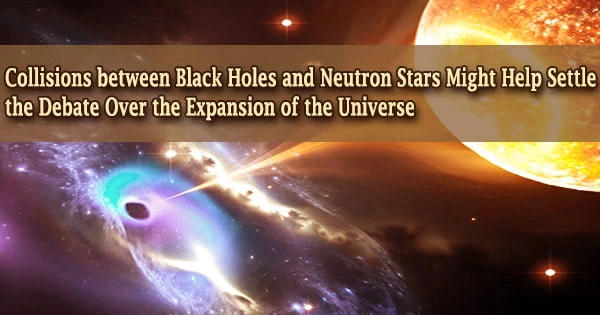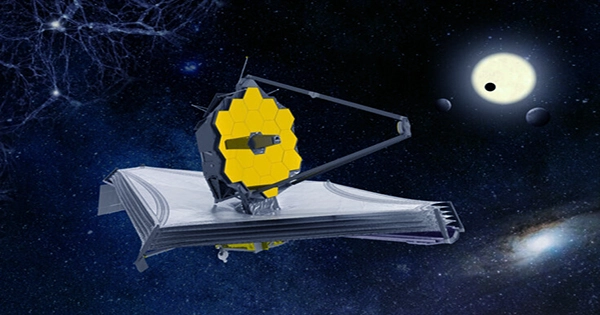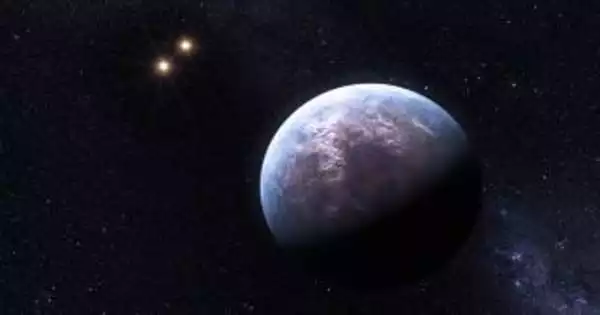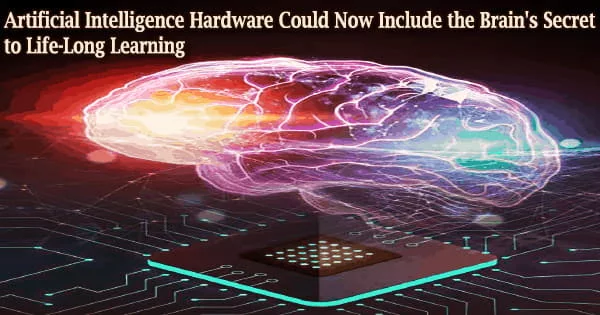According to a recent simulation study headed by experts at UCL (University College London), studying the explosive collisions of black holes and neutron stars may soon yield a fresh measurement of the Universe’s expansion rate, potentially resolving a long-standing controversy.
Our two greatest methods for determining the pace of expansion of the Universe, measuring the brightness and speed of pulsing and exploding stars and looking at variations in radiation from the early Universe, provide drastically different results, implying that our theory of the Universe may be incorrect.
The third form of measurement, which looks at the light bursts and ripples in the fabric of space created by black hole-neutron star collisions, might assist to resolve this debate and explain if our theory of the Universe has to be rewritten.
A neutron star is a dead star, created when a very large star explodes and then collapses, and it is incredibly dense typically 10 miles across but with a mass up to twice that of our Sun. Its collision with a black hole is a cataclysmic event, causing ripples of space-time, known as gravitational waves, that we can now detect on Earth with observatories like LIGO and Virgo.
Dr. Stephen Feeney
The latest study, which was published in Physical Review Letters, simulated 25,000 scenarios of black holes and neutron stars colliding to determine how many might be detected by Earth-based equipment in the mid-to-late-2020s.
The researchers discovered that by 2030, detectors on Earth will be able to detect ripples in space-time generated by up to 3,000 such collisions, with roughly 100 of these occurrences accompanied by light bursts.

They came to the conclusion that this data would be sufficient to offer a new, entirely independent measurement of the rate of expansion of the Universe, accurate and trustworthy enough to validate or refute the necessity for new physics.
Lead author Dr. Stephen Feeney (UCL Physics & Astronomy) said: “A neutron star is a dead star, created when a very large star explodes and then collapses, and it is incredibly dense typically 10 miles across but with a mass up to twice that of our Sun. Its collision with a black hole is a cataclysmic event, causing ripples of space-time, known as gravitational waves, that we can now detect on Earth with observatories like LIGO and Virgo.”
“We have not yet detected light from these collisions. However, improvements in the sensitivity of gravitational wave detection equipment, as well as new detectors in India and Japan, will result in a significant increase in the number of such occurrences that can be detected. It is incredibly exciting and should open up a new era for astrophysics.”
Astrophysicists need to know the distance of celestial objects from Earth, as well as the speed at which they are traveling away, to calculate the Hubble constant, which is the rate at which the Universe expands. The distance to a collision may be established by analyzing gravitational waves, leaving only the speed to be computed.
The “redshift” of light, or how the wavelength of light generated by a source has been stretched by its speed, is used to determine how rapidly the galaxy hosting a collision is moving away. Light explosions that may precede these collisions might enable researchers to locate the galaxy where the collision occurred, allowing them to combine distance and redshirt data in that galaxy.
Dr. Feeney said: “Computer models of these cataclysmic events are incomplete and this study should provide extra motivation to improve them. If our assumptions are correct, many of these collisions will not produce explosions that we can detect the black hole will swallow the star without leaving a trace. However, a smaller black hole may shred apart a neutron star before eating it, perhaps leaving stuff that emits electromagnetic radiation outside the hole.”
Co-author Professor Hiranya Peiris (UCL Physics & Astronomy and Stockholm University) said: “The disagreement over the Hubble constant is one of the biggest mysteries in cosmology. In addition to helping us unravel this puzzle, the spacetime ripples from these cataclysmic events open a new window on the universe. We can anticipate many exciting discoveries in the coming decade.”
Two observatories in the United States (LIGO Labs), one in Italy (Virgo), and one in Japan (KAGRA) have all discovered gravitational waves. LIGO-India, the fifth observatory, is currently under development.
Our best current estimates of the expansion of the Universe are 67 kilometers per second per megaparsec (3.26 million light-years) and 74 kilometers per second per megaparsec (3.26 million light-years). The first comes from studying the cosmic microwave background, which is leftover radiation from the Big Bang, and the second comes from comparing stars at various distances from Earth, notably Cepheids, which have fluctuating brightness, and exploding stars known as type Ia supernovae.
Dr Feeney explained: “As the microwave background measurement needs a complete theory of the Universe to be made but the stellar method does not, the disagreement offers tantalizing evidence of new physics beyond our current understanding. Before we can make such claims, however, we need confirmation of the disagreement from completely independent observations we believe these can be provided through black hole-neutron star collisions.”
Researchers from UCL, Imperial College London, Stockholm University, and the University of Amsterdam collaborated on the study. The Royal Society, the Swedish Research Council (VR), the Knut and Alice Wallenberg Foundation, and the Netherlands Organization for Scientific Research (NWO) all contributed to the project.
















